by Lucas May 23,2025
When shopping for a gaming PC, you have several options at your disposal. You could opt for a mass-produced prebuilt system from a brand like Alienware, or you might choose an expensive yet impressive boutique build. The Origin Millennium strikes a balance between these two extremes. It's a high-end gaming system, but it doesn't boast the unique, bold design aesthetics you'd find in offerings from Maingear or Falcon Northwest. Instead, the Origin Millennium offers a solid custom-ordered gaming rig with standard components, akin to something you could build yourself, but without the hassle of managing cables and other intricacies. And yes, you might need to deal with hauling a hefty wooden crate up to your apartment, as I did.
You can start with the Origin Millennium at a base price of $2,788, though this entry-level model comes with an Intel Core i5-14600K and no discrete graphics card, which may not justify the cost. However, the beauty of Origin's platform lies in its flexibility; you can tailor the system to your preferences with a wide range of components available on their website. Be mindful that the more powerful you make your system, the steeper the price tag will be.
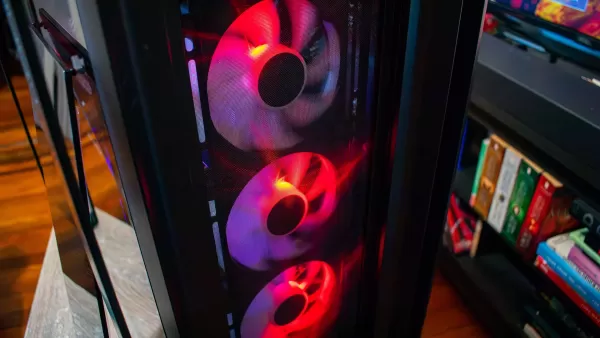
 View 8 Images
View 8 Images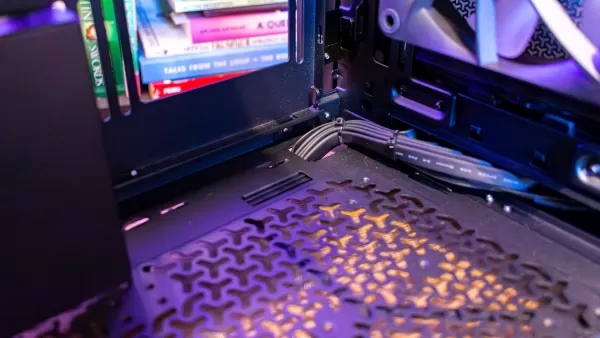
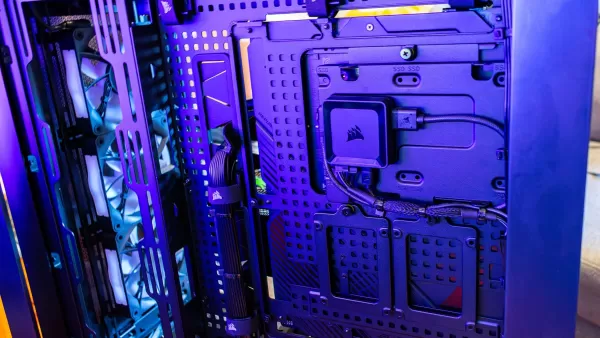
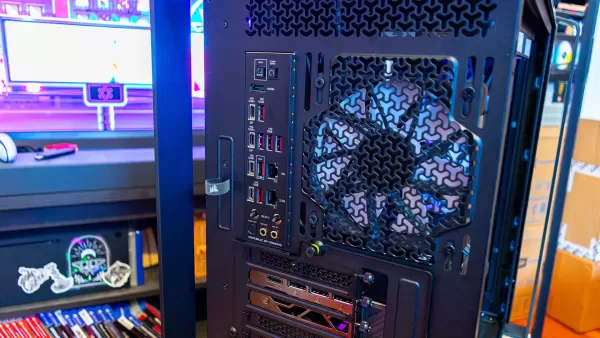
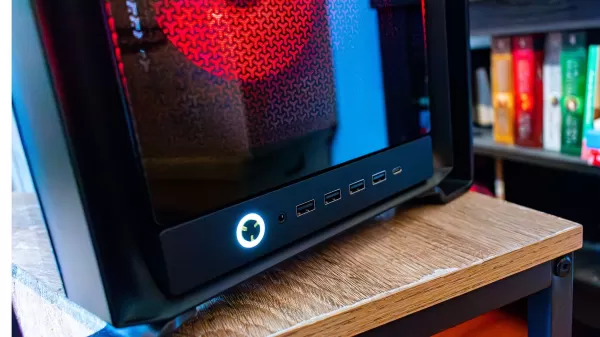 Design and Features
Design and FeaturesThe Origin Millennium is a substantial machine, housed in a full-tower ATX case that's made even more imposing by steel bars on all four corners. The case alone weighs 33 pounds, and that's before you add in high-end components like the MSI RTX 5090 Gaming Trio, a robust power supply, and a 360mm AIO cooler. Add the wooden shipping crate, and you'll likely need assistance to bring this beast up to a third-floor walkup, as I did.
The steel bars, while adding to the aesthetic, complicate access to the internals. My review unit, although powerful enough to not require upgrades for several years, still needs occasional maintenance. However, the back left metal bar interferes with the smooth removal of the glass side panel, causing some difficulty. I had a moment of concern when the glass hit the bar while I was trying to remove it to take out a styrofoam insert.
Fortunately, the metal bars are secured with allen bolts, making them removable, but it's an extra step that shouldn't be necessary for a PC of this caliber. Once inside, the spacious interior is a breath of fresh air, especially with a large 14-inch graphics card; there's plenty of room for excellent airflow. Origin's cable management is exceptional, with all cables neatly arranged behind the motherboard tray and directed through grommets to their connection points.
However, their approach to hiding wires is unconventional. The case features three 120mm intake fans at the front, but the wires for these fans and the front panel connectors are routed underneath the system. This creates a large bundle of wires that extends outside the case, which might be considered either innovative cable management or somewhat risky, as these wires could potentially snag and break.
When configuring your system, you can choose to have the front ports and power button mounted on the top or bottom of the case. My unit had them at the bottom, which is ideal for desk placement, but the option for top mounting is great for those who plan to place it on the floor or in a living room.
The front panel is well-equipped with four USB-A and one USB-C port, with even more connectivity options at the rear. The Asus ROG Crosshair X870E Hero motherboard provides four USB-C ports, six USB-A ports, two Ethernet connections, and an HDMI port for onboard graphics. The RTX 5090 adds three DisplayPort and one HDMI, which is standard for Blackwell GPUs.
 All in the Configuration
All in the ConfigurationThe configuration I received for review is likely overkill for most users. But the beauty of Origin PC is its ability to let you customize your system to your exact specifications. You could spend $7,241 on the high-end configuration I tested, which would serve you well for years, but it's not necessary for everyone.
A more balanced configuration might include an AMD Ryzen 5 9600X, 32GB of RAM, and an AMD Radeon RX 9070 XT, which still offers robust 4K gaming performance at a more affordable $3,392. Though still pricey for a gaming PC, this is the nature of high-end custom builds.
If you were to build this mid-range version yourself, you'd be looking at around $2,397, meaning you're paying roughly a thousand dollars for Origin to assemble it for you. For the high-end configuration I reviewed, you could source the parts for about $6,506 on PCPartPicker, showing a premium for the assembly service.
This premium might seem steep, but it comes with benefits. Alongside the standard one-year warranty, Origin offers lifetime support, allowing you to contact them for any future issues at no additional cost. You can even send your system back to Origin for free upgrades, as long as you cover the cost of the new parts.
The unique wooden shipping crate, while cumbersome, provides unparalleled safety during transport. It's worth considering if you're willing to pay the extra shipping costs.
Ultimately, whether this premium is worth it depends on your comfort level with building and maintaining a PC, and the value you place on the time and effort saved.
The Origin Millennium I tested, equipped with an Nvidia GeForce RTX 5090, an AMD Ryzen 7 9800X3D, and 64GB of RAM, is a powerhouse. Given the investment, it's expected to perform exceptionally well.
At 4K resolution, the system consistently delivered frame rates over 100 fps without frame generation, with only two exceptions: Assassin's Creed Shadows at 75 fps and Metro Exodus at 97 fps. The latter is understandable, as it's a demanding ray-traced workload tested without upscaling.
Assassin's Creed Shadows at 75 fps is still very playable, and enabling frame generation boosts the frame rate to 132 fps, though it increases latency from 33ms to 42ms. This increase in latency is significant but usually not noticeable, especially in a single-player game.
Cyberpunk 2077 on the Ray Tracing Ultra preset with DLSS in performance mode yielded 127 fps and 23ms latency without frame generation. With Multi-Frame Generation set to 4x, the frame rate soared to 373 fps, with latency only increasing to 28ms, surpassing what even a 240Hz monitor can display.
Even without frame generation, the 127 fps in Cyberpunk 2077 is remarkable. With this configuration, you won't need to compromise on image quality for any current games, even the most demanding ones.
Forsaken Characters Ranked: Tier List Update 2025
How to Use Cheats in Balatro (Debug Menu Guide)
State of Play Reveals Exciting Updates: PlayStation February 2025 Showcase
Infinity Nikki – All Working Redeem Codes January 2025
Roblox: Obtain Secret Codes for January 2025 (Updated)
Pokémon GO Raids in January 2025
Wuthering Waves: Redeem Codes for January 2025 Released!
LEGO Ninjago Sets Top the Charts (2025)

2024 Perfect Dark Demo Mostly Real, Dev Confirms
Dec 27,2025

Pixel Runners: Time Shift Now on Android
Dec 27,2025
Nintendo Switch 2 Secondhand Buyers Warned of Anti-Piracy Bricks
Dec 27,2025

Madoka Magica Magia Exedra adds 5-star Kioku Holy Mami
Dec 26,2025

A Plus Japan, Crunchyroll Unveil Mirren: Star Legends (Note: "on Android" was removed to keep within 50 characters while maintaining key info.)
Dec 26,2025